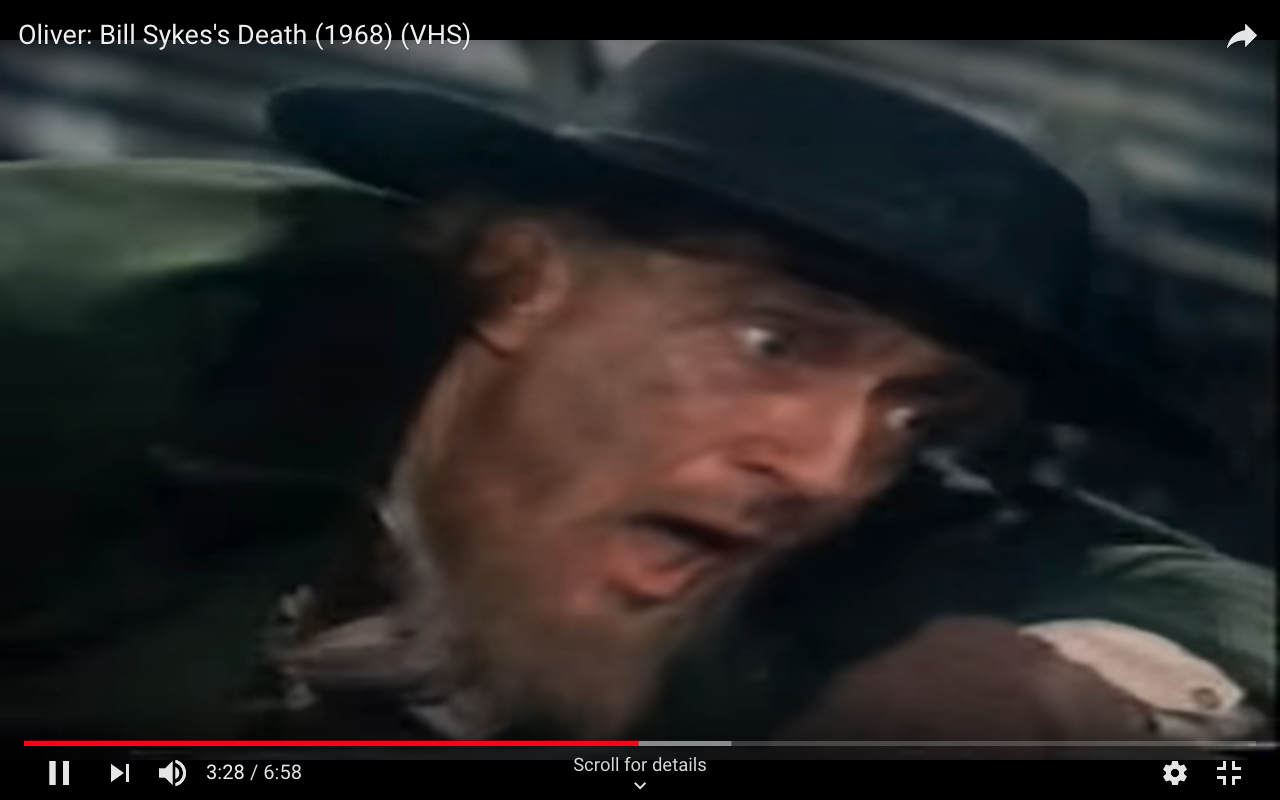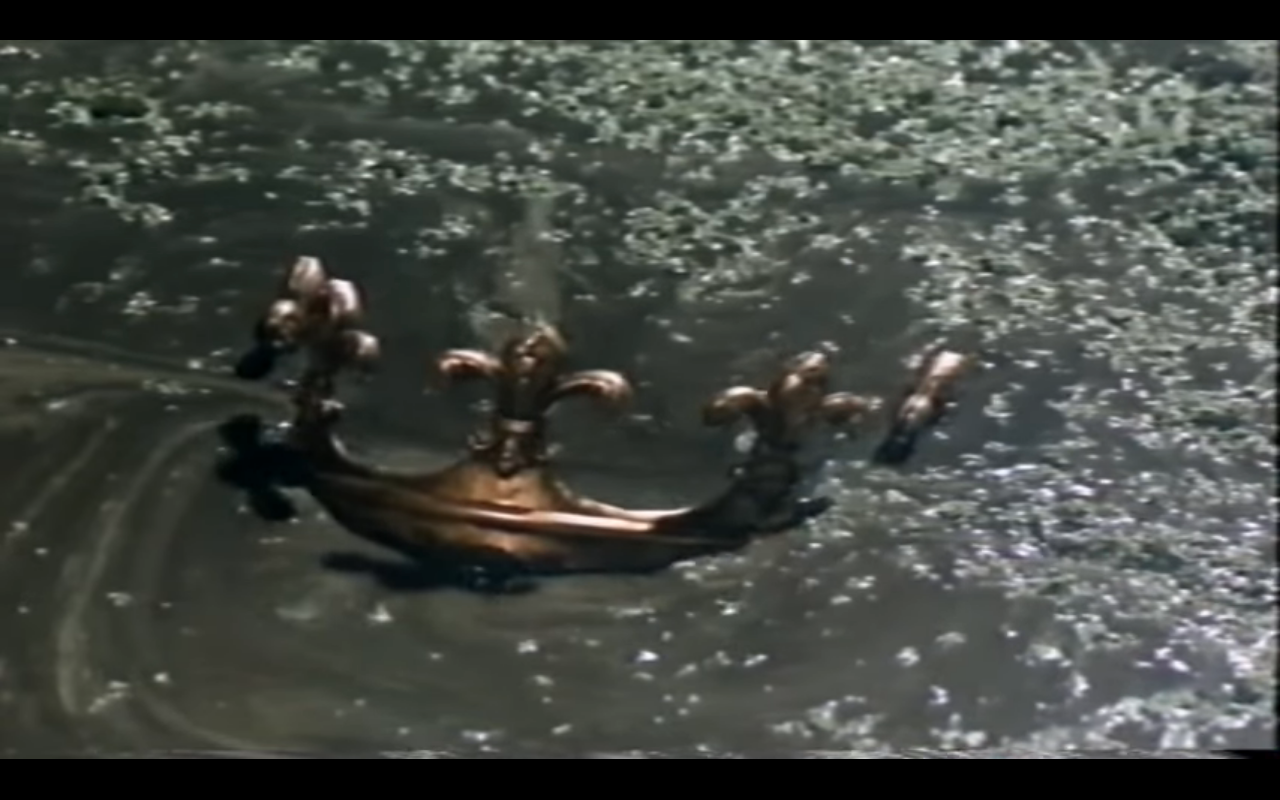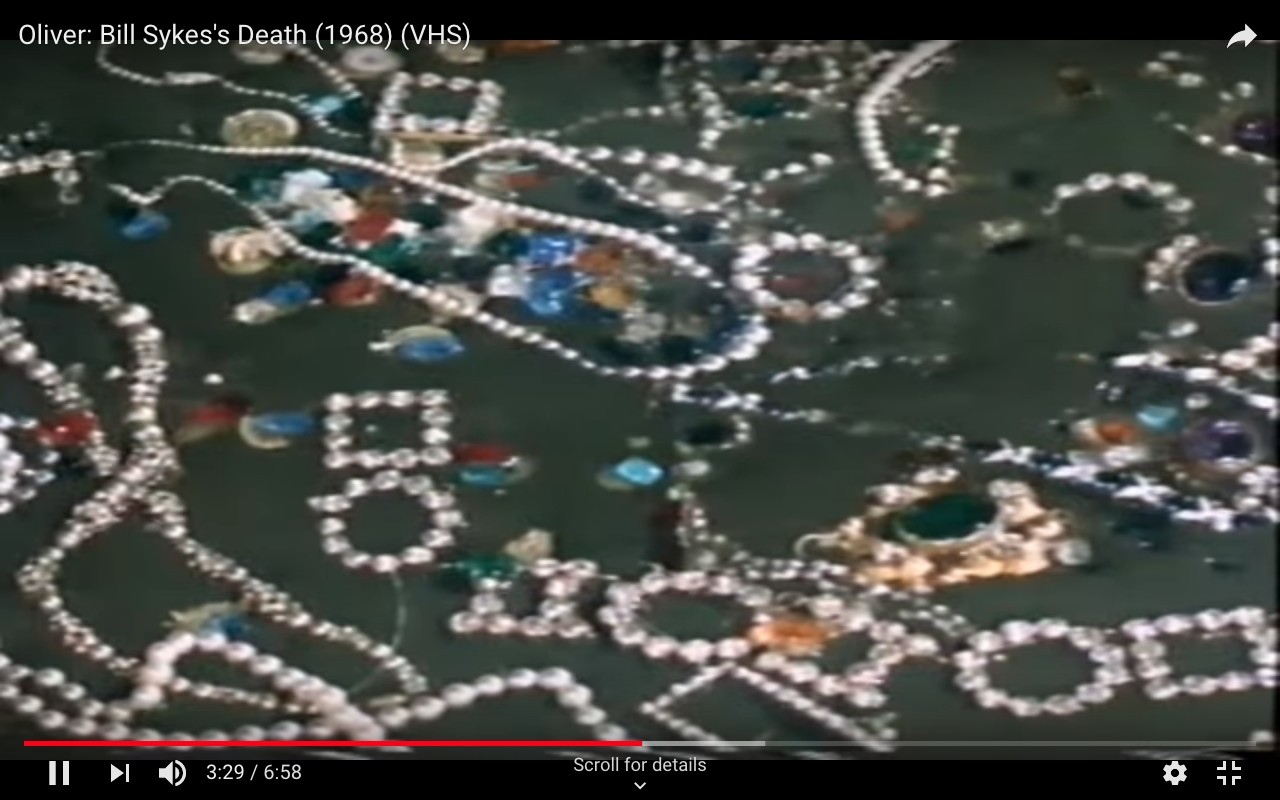longtime listeners
why
lists
how
1.
Angela Carter’s book of Wayward Girls and Wicked Women
- A book of short stories about difficult women compiled by AC
I like how little punctuation she uses, it seems like they really would talk like that in real life. It reminds me of home somehow.
I like the really strong images of place you get, like the yard they all walk around and around. And how the mother and young daughter have complete control over the objects of their lust, even though these guys seem to hate them at first. They’re both annoying and powerful. And I like stories that have long straight roads in them.
reminds me strongly of a strange day I had this week walking around west L. There was a house I found caught in time with a Saab in front of it, an oil street lamp and an unpainted grey stone facade with overgrown vines bushing down on top of it, like the people inside hadn’t been out for years. That’s where I imagine this story taking place.
Maybe it’s made me less dismissive of writing that doesn’t play with language word by word. Instead of this, a lot of them have a strange hard to describe structure that makes everything feel confusing or dreamt or a little fractured.
2.
The red curtain they pull closed at the end of films at the BFI

it looks see-through, like they’re projecting onto water. What fabric could it be made of? Is it red itself, made double-red by a red projection? I like it when the last image of the film/ credits is projected onto the curtains as they’re halfway closed. At the end of every film I go to I want to stay inside it and stare at the curtain for a long time to try and make the film last.
– This week I watched Bicycle Thieves and Singin’ in the Rain before the curtain drew (big screen classics).
– It was jarring to watch them next to each other as they’re quite opposite in style, in fact the first was a conscious rejection of the hollywood fantasy. This week I learned that italian neorealism was about a ‘reminder that a whole world exists outside the movie theatre’, while in the second film you fall inside the screen completely and could stay there forever, it’s a very whole world. The first dramatises the quotidian, while the second makes everything fantastical.
3.
Caligari’s Cabinet and Other Grand Illusions: A History of Film Design by Leon Barsacq; The Art of Film: John Box and Production design
London, as seen through the sets of 60s musicals like Oliver! and Mary Poppins; seeing your surroundings as a set: so characters interact with the space in a choreographed way, jumping over rooftops like they’re the floor, or moving across an exact diagonal; the connection between elaborate set design and painting in terms of composition and story-telling through a constructed space. Thinking about the city as I’m leaving it.
4.
The scene in Oliver! (the musical film) where Fagin loses his jewels in the mud.



– I used to watch it at family christmas parties when I was little, at a family member’s house there would be a constant sofa of people watching and not talking, it was on.
– This scene has been stuck in my head since then, I thought now would be a good time to use it. I have been carving it into soap tablets.
– When I went to the V&A recently I came upon a room donated by a hugely illustrious couple full of the finest gold and jewels you could ever imagine. There was a lively collection of snuffboxes, including many that were made for Frederick the II of Prussia. Snuffboxes were used by the very rich to hold sniffing tobacco or small sweets. The most fabulous is made of mother-of-pearl, coloured diamonds and gold. On his deathbed, Frederick requested that he be surrounded by his beautiful snuffboxes, and I like to imagine him cradling the little hard things in his arms, desperate for one last look. Like a child or a magpie, he liked shiny, valuable things, as did Fagin. However, all Fagin’s jewels were stolen, swapped with Bill Sykes for the money worked for by him and his band of boys. He devoted his life to the shiny things, and sang to them getting them out of their little nook when he thought everyone else is asleep. I feel like Fagin is more deserving of his jewels than Frederick of Prussia, he loved them so much. When they sink into the mud it is heartbreaking. His character, as played by Ron Moody in this version anyway, reminds me of the character of Aunt Augusta in Graham Greene’s book ‘Travels With my Aunt’:
‘I hope you don’t plan anything illegal.’
‘I have never planned anything illegal in my life. How could I when I have never read any of the laws and have no idea what they are?’
As it goes, she in turn reminds me of the great Maude in Harold and Maude:
5.
Conversation between Alice Oswald and Yrsa Daley-Ward; the artist Breathnach by Jennifer Walshe.
something about early morning clarity and living inside the belief system of Breathnach seems to go together
radio
participants